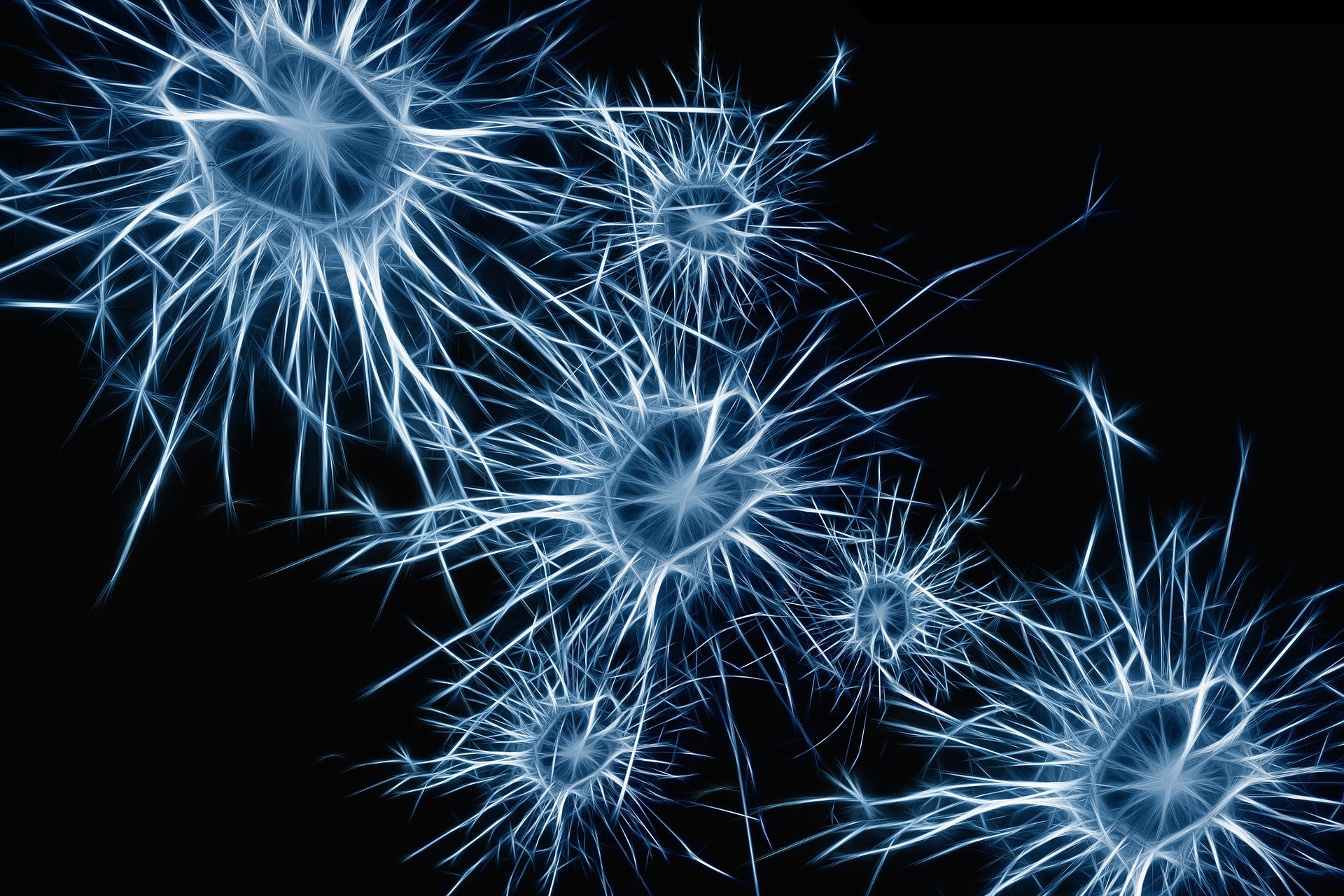Engineering innovations to minimize brain injury and neurotoxin exposure

Friday, January 26 – 2:00-3:00 PM – MCMR 106
Traumatic brain injury and other conditions produce chronic inflammation that results in secondary brain injury which can lead to additional, lasting brain damage. Furthermore, environmental toxins, such as lead, can damage the brain. These chronic conditions cost society billions of dollars a year and cause personal and family suffering. Dr. Murray will show how her lab developed high resolution micro-optics for multiphoton microscopy to create an imaging system to monitor the same brain cells over several weeks, before and after treatment for traumatic brain injury and stroke in rodents. Her lab also works with nanoparticles and natural polymers to deliver therapies across the blood brain barrier in a quest to create the first effective treatment to treat secondary brain injury. The lab also developed a way to monitor levels of important brain chemicals over several weeks in epileptic rats using a novel cartridge style electrochemical sensor. This sensor work led to a collaboration with 5 universities, including BSU, to develop a new type of sensor to economically monitor levels of pollutants, like lead, in our water sources and to do it in an ecologically responsible manner.
About the speaker

Dr. Teresa A. Murray is the director of the Integrated Neuroscience and Imagine Lab Center (INI) in the Louisiana Tech University’s Biomedical Engineering Center. An Edmondson/Crump Associate Professor of Biomedical Engineering, joined Tech as an assistant professor of biomedical engineering in 2011 after completing a postdoctoral training program at Yale University.
Dr. Murray’s research goals are to expand the reach and functionality of micro-optics for neuroscience applications and to create living bio-optical systems using molecular and cellular engineering. She plans to incorporate electrodes for field potential recording into implantable micro-optic devices and perform time-course experiments. Her main aim is to connect receptor dynamics, neural circuit function and behavior through in vivo fluorescence imaging, neural recording and behavioral experiments. This concerted approach will streamline experiments, enable unparalleled comparative analysis and elucidate connections not possible using multiple, discrete experiments. Additionally, this system will facilitate studies of neural dynamics and behavior in drug addiction, neurodegeneration, and stem cell therapy. While her focus has been on neuroscience, the tools and techniques she has developed have broad applications for life sciences and translational research.